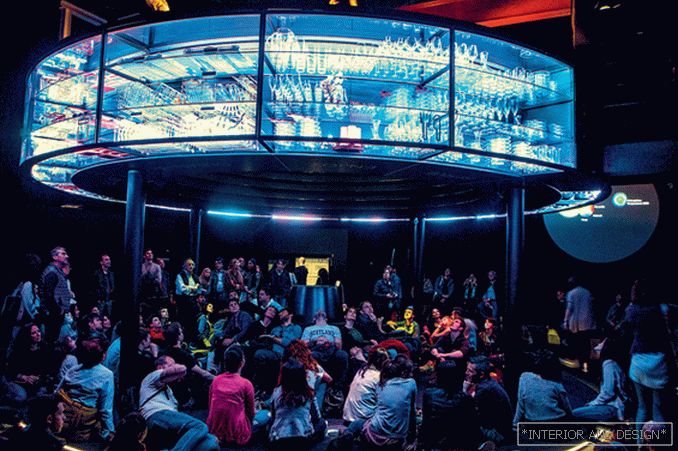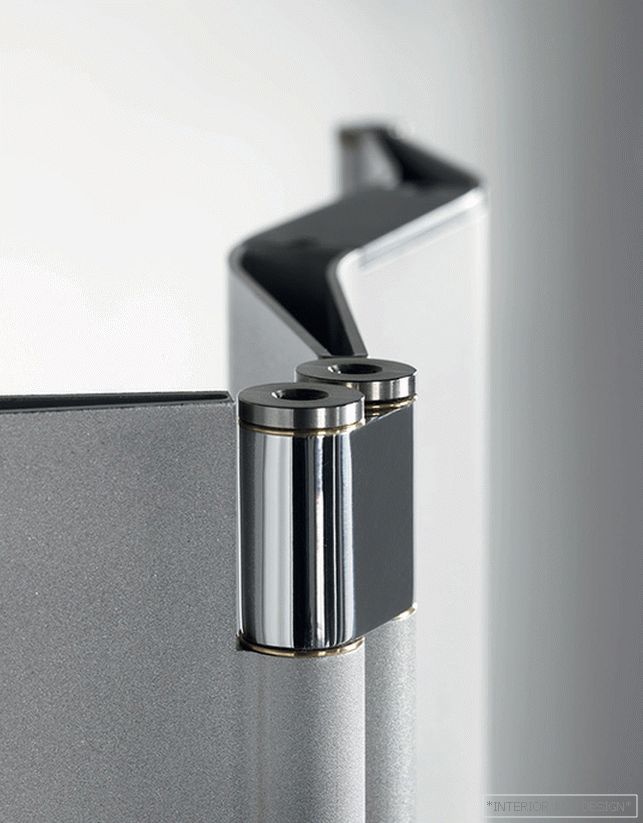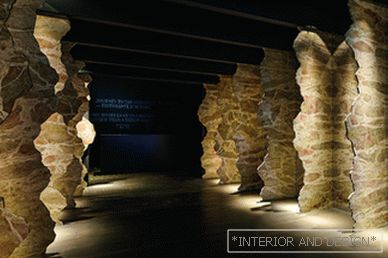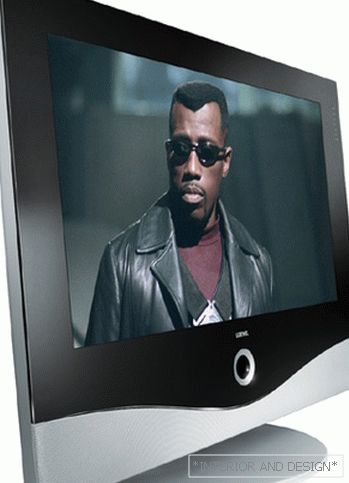What does a kitchen look like today and what will it be tomorrow? Food for thought gives exhibition EuroCucina 2016
 Passing the gallery
Passing the gallery Magazine: (218) 2016
The kitchen is called the heart of the house. This metaphor is particularly relevant in relation to the modern kitchen, which, having lost its clear boundaries with the living area, is a multifunctional space where people cook and communicate with friends, have parties, read and watch movies. The process of cooking, which went into the background, is now confidently regaining a key role in this space. Chefs teach us that the culinary process is fascinating and can turn into a real show. Their example is followed by designers who offer a look at the culinary act as a performance and play a new metaphor — cuisine as theater. Deaf cabinets' facades, like a curtain, silently move apart and go deep into the sidewalls, the curtains of hanging cabinets rise, exposing the shelves illuminated by LEDs with dishes, accessories, flower pots ...
The kitchen with the speaking name Sipario (“Curtain”) was designed for the ARAN CUCINE by designer Makio Hasuike. It is a symmetrical composition with storage systems on the sides and a working table top in the center, above which is located the “curtain” —a hanging module with a rising facade and glass shelves. If earlier the kitchen was trying to hide its “contents”, now it readily demonstrates it. This goal is served by through metal racks, sometimes reaching the ceiling height (as in VENETA CUCINE), open storage systems (horizontal — full-length worktops — or vertical), glass suspension modules, showcase columns, glazed niches and shelves alternating with deaf sections of the facade. Kitchen manufacturers love glass (this material expresses the very idea of the show), and the concept of a glass kitchen literally hovers in the air. MIELE, a well-known manufacturer of household appliances, debuted this year at the Milan Design Week, embodied its vision of the kitchen of the future in the installation of The Invisible Kitchen. It was a transparent island, twisted into a ring with a diameter of eight meters and ascended to the ceiling on barely noticeable supports. Transparent, viewed from all sides kitchen-technology of the future. Thanks to the Internet connection, it turns into a virtual assistant, which is invisibly present and helps at every stage of cooking. The glass panel of the tabletop, equipped with sensors, weighs the products, reports their exact weight, caloric content, place of origin, and immediately displays the recipes of the dishes that can be made from them. It heats up in any right place, exposes the optimum temperature and cooking time, and the built-in control of light and music allows you to create an atmosphere of mood.
The technology of “smart” cuisine, based on the increasingly popular concept of the “Internet of Things”, is supported by scientific research and specific developments of the MIELE Design Center, and therefore it may become a reality in the foreseeable future. However, some of the technologies identified in the installation have already begun to be implemented. Thus, many of the kitchens presented at EuroCucina were deprived of the usual induction panels — induction was built directly into the surface of the tabletop, and Tipic Design Studio, in collaboration with OFFMAT, showed a prototype of a working top equipped with sensory scales integrated into an artificial stone.
Read the full text in paper or



